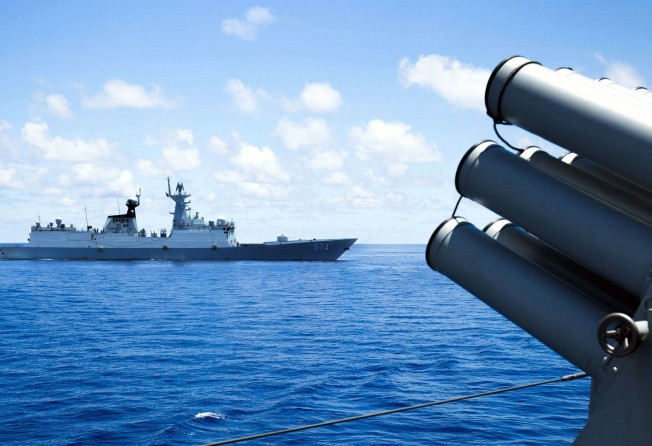Cool heads must prevail in the South China Sea territorial dispute
No clear-cut outcome is likely from the ruling of the court of arbitration in the case brought against China by the Philippines, but all sides should strive for a mutually acceptable solution

The Permanent Court of Arbitration in The Hague hands down its ruling on Tuesday in the case brought by the Philippines against China over some of its territorial claims in the South China Sea. Beijing has already rejected the authority of the five-judge panel and repeatedly said it will not abide by its decision. Further raising regional tensions ahead of the judgment, Chinese military drills are being held between Hainan Island and the disputed Paracel Islands until early next week and the US has deployed two aircraft carrier strike groups in the region. Rival claimants and the US are closely watching events, but it is obvious that no matter what the edict, a potentially dangerous situation is evolving.
There are high expectations in Washington and many Asian capitals that the court will rule in the Philippines’ favour. It is an attempt to untangle the complicated South China Sea issue through the rule of law rather than China’s demand of bilateral negotiations, which pit the region’s top power against its considerably weaker neighbours. The US, which sees itself as a global counterbalance to China’s ever-growing might and influence, is eager that the ruling is in favour of its ally, the Philippines. In anticipation of trouble should the court not rule as expected, the American aircraft carriers have been deployed off the Philippines, the biggest show of US strength in the region since the Taiwan crisis 20 years ago.
Manila’s case, as brought by former president Benigno Aquino, hinges on Beijing’s historic claims to about 80 per cent of the South China Sea, delineated in the south by a never-explained nine-dash line on maps it has produced, the status of individual features occupied by China and alleged Chinese interference in Philippine activities in the region.
Years of agreements for a peaceful settlement and protests of violations of the UN Convention on the Law of the Sea have done nothing to settle the territorial disputes.
In the face of inaction, there has been construction in recent years on reefs and islands to shore up claims in waters vital for shipping, rich in fish and believed to contain vast oil and gas reserves.
No clear-cut outcome seems likely. The problem is not going away any time soon and the potential time-bomb will continue ticking. Governments involved in the territorial disputes still need to strive for a solution acceptable to all sides. More than anything else, cool heads are needed.